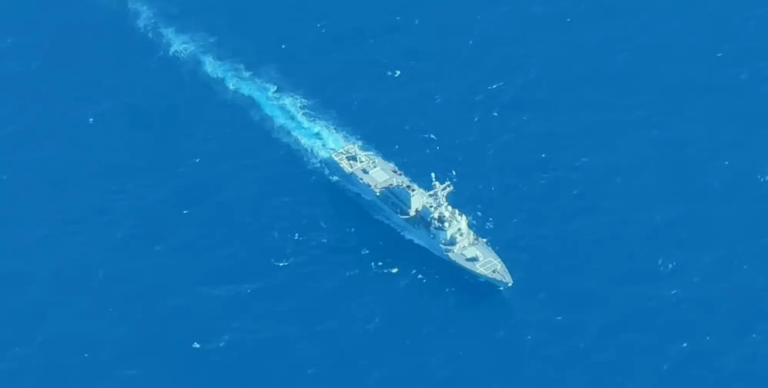
Japan is rapidly transforming its defense industrial base, driven by record government spending, burgeoning partnerships and growing strategic urgency in the Indo-Pacific. Long reliant on imports, Tokyo is investing heavily in domestic capabilities while expanding its international defense footprint.
The 2025 defense budget of about $61 billion is the largest in Japan’s postwar history and signals a new era in preparedness and industrial revitalization. Part of a five-year defense buildup launched in 2022, the spending plan supports an array of initiatives, including the acquisition of United States-made Tomahawk missiles and construction of multirole destroyers.
Central to the transformation is the push to engage domestic industries in bolstering production. The government is focused on integrating dual-use technologies, tapping into recent innovations, and enlisting Allies and Partners.
“Japan will need to significantly boost industrial growth, especially defense spending and production, while shifting toward more active arms exports,” Stephen Nagy, an international relations professor at Japan’s International Christian University, told FORUM.
Major firms are aligning their strategies with initiatives in areas such as autonomous systems and maritime domain awareness, Nagy said.
Beijing’s aggressive and coercive actions, including its threats to annex self-governed Taiwan and its territorial incursions in the East China and South China seas, have raised tensions throughout the Indo-Pacific.
“We are going to see Japan and these particular industries thinking about how to deal with issues such as a single contingency across the Taiwan Strait or a multiple contingency,” Nagy said.
Japan’s evolving strategy is exemplified by its recent collaboration with United Kingdom engineering firm BMT. Under a contract awarded by Japan’s Acquisition, Technology and Logistics Agency, Japan Marine United and BMT will develop high-speed landing craft to enhance Japan’s ability to deploy troops and equipment across its islands, The Japan Times newspaper reported.
“Japan wants to be able to deploy rapid reinforcement and amphibious operations, to be able to take back islands from a potential takeover by the People’s Republic of China,” Nagy said. Such readiness also bolsters regional stability by enhancing deterrence and potential logistics support to partners.
Japan and the U.K. also are partnering with Italy to develop a next-generation fighter jet by 2035.
International outreach is a pillar of Japan’s defense posture. Tokyo is discussing weapons and subsystem exports with Australia, Indonesia and the Philippines as part of its strategy to deepen industrial ties across the Indo-Pacific, according to the Breaking Defense website.
“Japan understands the importance of exporting defense-related equipment to countries that have shared national interests,” Nagy said.





